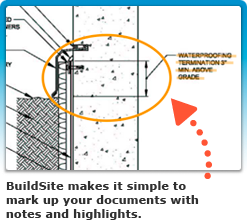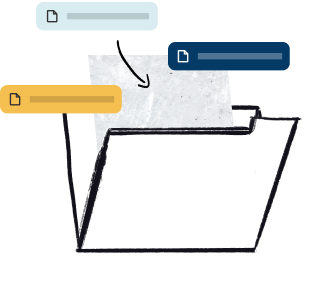Abstract
This specification covers requirements for the methods of application and finishing of gypsum board. Construction details for a specific assembly to achieve the required fire resistance shall be obtained from reports of fire-resistance tests, engineering evaluations, or listings from recognized fire testing laboratories. Gypsum board assembly shall conform to acoustical tests of the specification where sound control is required. Moreover, gypsum assembly shall conform to framing size, fasteners spacing, ventilation, substrate, surface preparation, cutting, and installation application as indicated in the specification. Materials categorized under this specification include: gypsum boards, gypsum wallboards, gypsum backing board and coreboard, water-resistant gypsum backing board, exterior gypsum soffit board, and gypsum ceiling board. Finishing materials include: compounds, joint tape, fasteners, nails, screws, and staples. A fire test of assemblies shall be conducted to determine a fire resistance rating required for gypsum board assembly. Gypsum board shall be cut by scoring and breaking or by sawing, working from the face side. Masonry or concrete walls shall be dry, free of dust, oil, or form release agents, protrusions or voids, or foreign matter that inhibit bond for adhesively applied gypsum board. All materials shall be kept dry. Where gypsum board is stored outside, it shall be off the ground, properly supported on a level platform and fully protected from the weather or direct sunlight exposure.
This abstract is a brief summary of the referenced standard. It is informational only and not an official part of the standard; the full text of the standard itself must be referred to for its use and application. ASTM does not give any warranty express or implied or make any representation that the contents of this abstract are accurate, complete or up to date.
1. Scope
1.1 This specification covers the minimum requirements for the methods of application and finishing of gypsum board, including related items and accessories.
1.2 Details of construction for a specific assembly to achieve the required fire resistance shall be obtained from reports of fire-resistance tests, engineering evaluations, or listings from recognized fire testing laboratories.
1.2.1 Where this specification is more stringent (size or thickness of framing: size and spacing of fasteners) than the fire-rated construction, this specification shall govern.
1.3 Where sound control is required for a gypsum board assembly, details of construction shall be in accordance with reports of acoustical tests of assemblies that have met the required acoustical values.
1.4 Unheated spaces above gypsum board ceilings shall be properly ventilated (see Appendix X2).
1.5 The various application systems are located in the following sections:
| I | Application of Single-Ply Gypsum Board to Wood Framing Members | 8 |
| II | Application of Two-Ply Gypsum Board to Wood Framing Members | 9 |
| III | Application of Gypsum Board by Adhesive Nail-On to Wood Framing Members | 10 |
| IV | Semi-Solid Gypsum Board Partitions | 11 |
| V | Solid Gypsum Board Partitions | 12 |
| VI | Application of Gypsum Board with Adhesives to Interior Masonry or Concrete Walls | 13 |
| VII | Application of Gypsum Board to Rigid Foam Insulation | 14 |
| VIII | Application of Gypsum Board to Steel Framing and Furring | 15 |
| IX | Arches and Bending Radii | 16 |
| X | Application of Gypsum Board to Receive Tile by Adhesive Application | 17 |
| XI | Exterior Application of Gypsum Wallboard and Exterior Gypsum Soffit Board | 18 |
| XII | Floating Interior Angles | 19 |
| XIII | Control (Expansion) Joints | 20 |
| XIV | Foil-Backed Gypsum Board | 21 |
| XV | Application of Vinyl Faced Gypsum Board | 22 |
1.6 The values stated in inch-pound units are to be regarded as standard. The values given in parentheses are mathematical conversions to SI units that are provided for information only and are not considered standard.
1.7 The text of this specification references notes and footnotes which provide explanatory material. These notes and footnotes (excluding those in tables and figures) shall not be considered as requirements of the specification.
1.8 The following precautionary caveat pertains only to Sections 6 – 25. This standard does not purport to address all of the safety concerns, if any, associated with its use. It is the responsibility of the user of this standard to establish appropriate safety and health practices and determine the applicability of regulatory limitations prior to use.
1.8.1 For specific precautionary statements, see 4.1.1, 4.1.2, and 23.5.
Reproduced, with permission, from the ASTM International website, copyright ASTM International, 100 Barr Harbor Drive, West Conshohocken, PA 19428. To purchase the complete standard, go to http://www.astm.org/.



